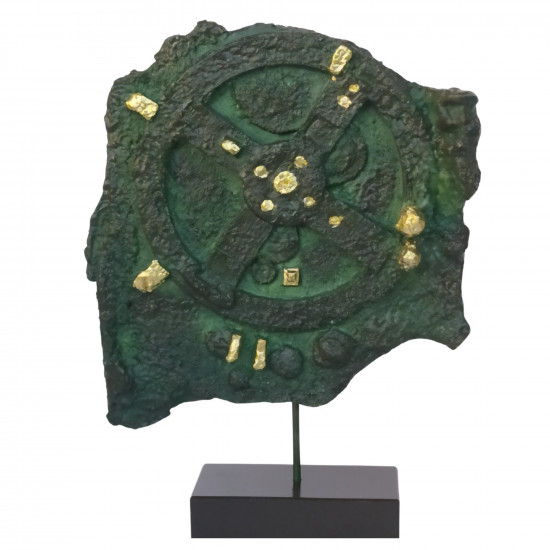Νέο
-10 %
Antikythera Mechanism Replica Alabaster Corrosion Green Patina Statue Sculpture Ancient Greek Handmade 9in
53,10$
59,00$
Χωρίς ΦΠΑ: 53,10$
- Απόθεμα: Διαθέσιμο
- Μοντέλο: 1134108537
- Βάρος: 0.80kg
- Διαστάσεις: 22.00cm x 0.00cm x 0.00cm


-550x550.jpg)
-550x550.jpg)
-550x550.jpg)
-550x550.jpg)
-550x550.jpg)
-550x550.jpg)

-80x80.jpg)
-80x80.jpg)
-80x80.jpg)
-80x80.jpg)
-80x80.jpg)
-80x80.jpg)